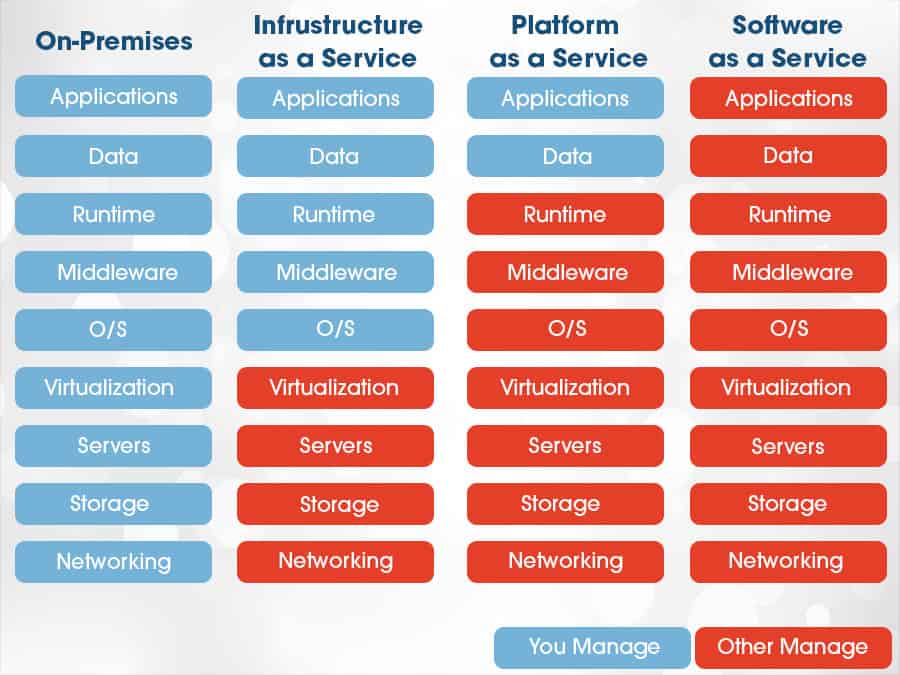Keep Updated with the Cloud Services Press Release: Patterns and Growths
Keep Updated with the Cloud Services Press Release: Patterns and Growths
Blog Article
Achieve Seamless Scalability With Cloud Provider
In the ever-evolving landscape of cloud services, accomplishing seamless scalability stands as a foundation for contemporary organizations seeking to remain affordable and adaptable. The capacity to effortlessly expand or contract resources in action to transforming demands is an essential benefit in today's fast-paced digital setting. By grasping the art of scalable cloud solutions, companies can not only maximize performance and simplify procedures yet additionally lead the means for future development and innovation. The mission for seamless scalability with cloud solutions introduces a world of possibilities for those happy to welcome the transformative power of dynamic resource management.
Advantages of Cloud Scalability
Cloud scalability provides organizations the adaptability to dynamically adjust resources based on need, ensuring ideal performance and expense efficiency. One crucial benefit is the capacity to range sources up or down quickly in feedback to varying workloads. This dexterity makes it possible for services to fulfill altering client needs without over-provisioning sources, ultimately leading to set you back financial savings. Scalability also improves efficiency by guaranteeing that systems can deal with enhanced website traffic or workload without experiencing downtime or slowdowns. By efficiently designating sources, organizations can keep high levels of efficiency during peak times without unnecessary expenses throughout quieter durations. Furthermore, cloud scalability advertises technology and experimentation by enabling organizations to easily check originalities and range them as required. This versatility encourages a society of constant renovation and adjustment, making it possible for companies to stay competitive in a swiftly advancing market landscape. Eventually, the advantages of cloud scalability extend beyond expense financial savings to encompass better performance, dexterity, and innovation.
Key Attributes for Scaling
Efficient scaling in cloud services counts on key features that allow organizations to readjust resources dynamically based upon need. One vital attribute for scaling is elasticity, enabling sources to scale up or down in reaction to rising and fall work. This ensures that organizations can meet performance demands without over-provisioning sources. An additional essential feature is scalability, enabling systems to deal with boosted workload by including resources seamlessly. This feature is vital for fitting development without compromising performance. In addition, automation plays a crucial role in scaling by automating the provisioning and de-provisioning of resources based upon predefined plans. Automation reduces human treatment, improves performance, and makes sure fast reaction to transforming needs. Monitoring and analytics tools are also essential for scaling, providing understandings right into source usage, efficiency metrics, and possible traffic jams. These devices make it possible for organizations to enhance and make informed choices resource appropriation for reliable scaling. Generally, these key functions jointly empower companies to attain seamless scalability in cloud solutions.
Implementing Auto-Scaling Strategies
To effectively optimize source allowance and adapt to varying workloads, organizations have to strategically implement auto-scaling strategies in their cloud services framework. Auto-scaling permits systems to automatically change the number of compute sources based on real-time need. There are numerous auto-scaling approaches that organizations can utilize, such as anticipating scaling, which makes use of historical information to forecast future resource needs, and reactive scaling, which reacts to existing work adjustments.

Best Practices for Scalability
For organizations aiming to improve their scalability in cloud solutions, implementing ideal methods is essential for optimal efficiency and resource administration. One trick finest technique is creating applications with a microservices architecture. This technique breaks down applications into smaller, independent solutions that can be released, updated, and scaled separately, permitting greater versatility and scalability.
An additional important practice is utilizing containerization innovation, such as Docker or Kubernetes. Containers allow the packaging of applications and their dependences right into separated units, making it easier to scale parts individually and deploy them constantly across different environments.
Furthermore, carrying out automated release and infrastructure as code (IaC) can improve scalability initiatives (linkdaddy cloud services). Automation tools like Terraform or Ansible help in provisioning and managing sources efficiently, decreasing manual mistakes and enabling quick scalability
Additionally, keeping track of efficiency metrics, establishing notifies, and performing regular capability preparation are vital practices to make certain positive scalability monitoring. By adhering to these ideal practices, organizations image source can achieve smooth scalability in their cloud solutions while enhancing efficiency and resource use.
Monitoring Efficiency Metrics
When assessing the effectiveness of cloud solutions scalability, carefully keeping track of efficiency metrics is important for guaranteeing optimal functionality and source allotment. By continuously tracking vital performance indicators (KPIs) such as response times, latency, throughput, and resource use, companies can obtain beneficial understandings into the wellness and effectiveness of their cloud framework. Keeping track of performance metrics enables the early discovery of potential traffic jams or issues that could impact scalability, making it possible for positive procedures to be taken to address them prior to they escalate.

Final Thought
To conclude, attaining seamless scalability with cloud services is essential for organizations to maximize performance, boost technology, and maintain high performance levels throughout peak times. By leveraging the benefits of cloud scalability, executing auto-scaling approaches, using essential functions such as flexibility and automation, and complying with best methods like application style and performance surveillance, organizations can successfully scale their systems while optimizing source usage and efficiency.
The mission for smooth scalability with cloud services introduces a world of opportunities for those willing to embrace the transformative power of vibrant resource monitoring.
Cloud scalability provides companies the adaptability to dynamically change resources based on demand, making sure optimal performance and cost effectiveness. Another vital function is scalability, enabling systems to handle increased work by including sources seamlessly.For companies intending to enhance their scalability in cloud solutions, applying best methods is important for optimum efficiency and resource monitoring.When analyzing the performance of cloud services scalability, carefully checking efficiency metrics is essential for ensuring optimum capability and source allocation.
Report this page